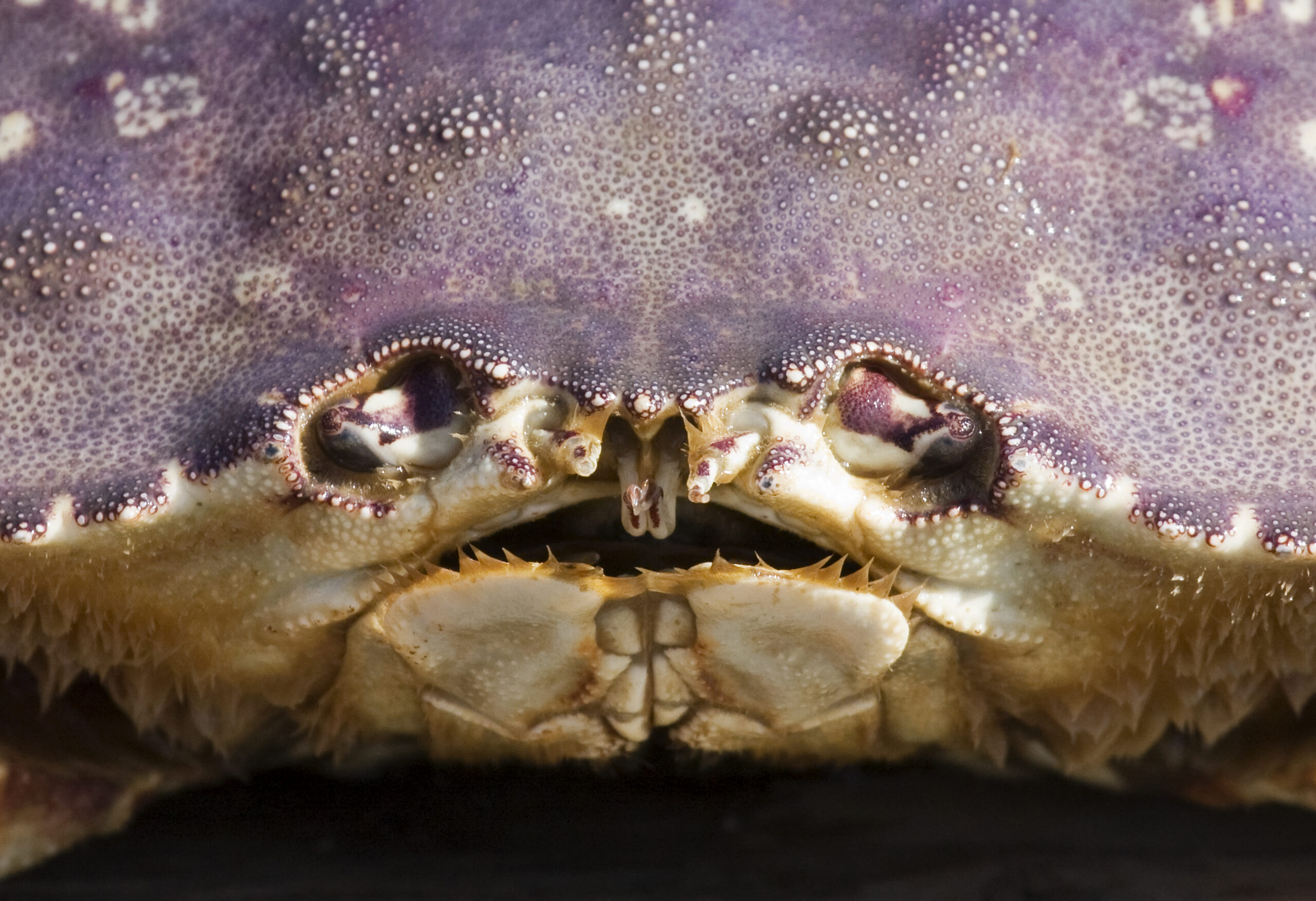Will Consumers Spend More for Local and Eco-Friendly Seafood?

People are willing to pay for local and eco-labeled seafood.
Research Need
The vast majority of seafood consumed in the United States is imported. The increased globalization of seafood has allowed many imported products to compete directly on price and availability with domestic products of the same or similar species.
Increasingly, the domestic seafood industry has begun to utilize a variety of product labels to differentiate their offerings in the marketplace. Anyone who has purchased seafood at a retail establishment has surely encountered multiple labels of fresh and frozen seafood packages. But are these labels effective?
Knowing how consumers respond to seafood labels can help the domestic seafood industry better respond to consumer interests.
What did they study?
Scientists conducted an experiment with consumers who shopped at a single grocery store chain that offers niche products, including seafood, in Portland, Oregon. Based on an agreement with the store managers, consumers were recruited via visual displays and asked to take a survey near the store exit.
Over the course of 17 4-hour sessions across four stores, 500 consumers completed surveys to list their favorite seafood species. They then made hypothetical choices based on four classes of seafood information labels — safety, quality, local and ecolabels — in various combinations.
What did they find?
Demographic data revealed that survey respondents were relatively wealthy, educated and experienced seafood consumers. Sample size limited the choice analysis to 282 surveys across two species local to the study region: Chinook salmon and Dungeness crab.
Consumers showed a strong preference for local seafood when researchers compared labeling combinations. Ecolabels —indicating environmentally preferable foods — and local labels commanded the highest “Willingness-to-Pay” increases at 27% for crab and 21% for salmon.
What else did they find?
This study confirms that preference for local labels was not affected by other label types on the same product.
Anything else?
The authors note that Carteret Catch was one of the first community organizations to establish a local seafood branding program for the fishermen and seafood from Carteret County, North Carolina.
Reading
Fonner, Robert and Sylvia, Gil. 2015. Willingness to Pay for Multiple Seafood Labels in a Niche Market. Mar. Res. Econ., Vol.30, Issue 1, pp: 51-70. DOI:10.1086/679466
Summary compiled by Scott Baker
Lead photo: Dungeness crab, by Kevin Cole, CC BY 2.0 generic license
The text from Hook, Line & Science is available to reprint and republish, but only in its entirety and with this attribution: Hook, Line & Science, courtesy of Scott Baker and Sara Mirabilio, North Carolina Sea Grant. HookLineScience.com
- Categories:



